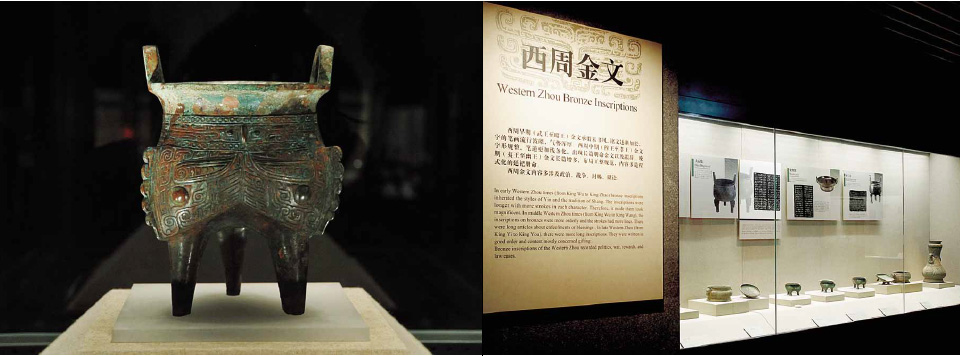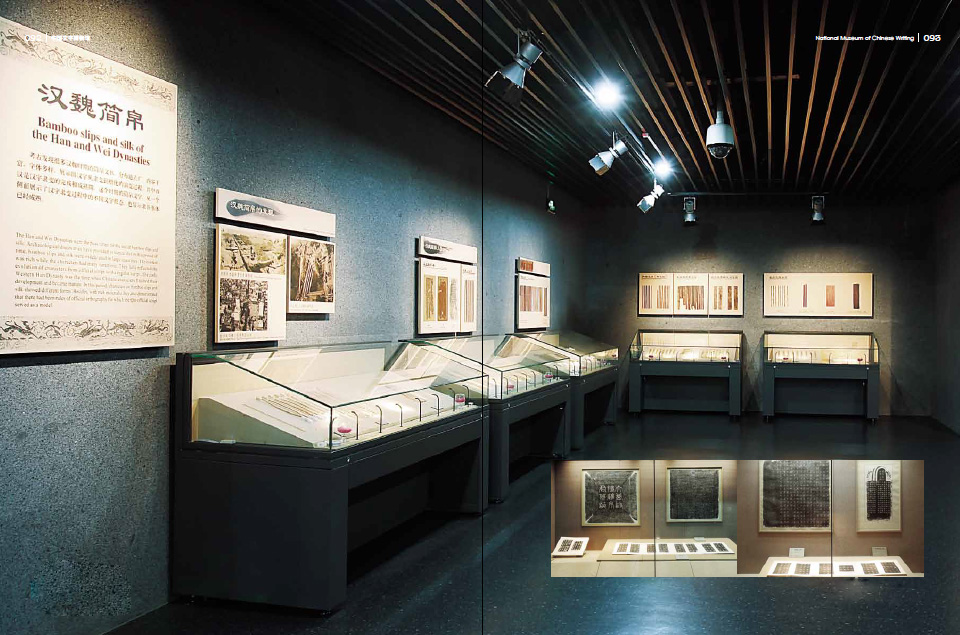National Museum of Chinese Writing

National Museum of Chinese Writing
中国文字博物馆
Address: 656 Renmin Boulevard East Section, Beiguan district, Anyang city, Henan province
Opening hours: 9:00 am -5:00 pm (entry until 4:30 pm)
Closed Mondays (except for national holidays)
General admission: Free
Email: zgwzbwg@126.com

Located in the hometown of inscriptions on oracle bones, the National Museum of Chinese Writing is a national first-class museum, a popularization center of Chinese characters, writing systems and culture, and a national base for science and patriotism education.
The National Museum of Chinese Writing mainly exhibits Chinese characters and characters of ethnic minority groups, assembling the essence of ancient Chinese characters to explain their features and historical development. Through detailed information, rigorous layouts, scientific methods, and modern technologies, exhibitions in the museum also fully demonstrate the splendid culture and civilization of the Chinese nation and reflect the research achievements in these fields.
The National Museum of Chinese Writing has five exhibition halls. The No 1 Exhibition Hall has two permanent exhibitions, namely Characters Created with Nature and Record of Oracle Bones, which together show the story of Cang Jie, the legendary creator of Chinese characters, the symbols of the ancient times, the oracle bones inscriptions of the Shang and Zhou dynasties (c.16th century- 256 BC), and the techniques of oracle bone inscriptions.

The No 2 Exhibition Hall holds the exhibitions of History of Inscriptions on Ancient Bronze Objects and Writings on Objects, presenting the development of inscriptions on different media including bronzes, bamboo or wooden slips, silk, pottery, jade ware, currencies and seals. The inscriptions span more than a thousand years from the Shang Dynasty (c.16th century-11th century BC) to the Warring States periods (475-221 BC).

The No 3 Exhibition Hall boasts the three exhibitions of Unification of Characters, Evolution from Seal Script to Regular Script, and Words and Expression, which illustrate the evolution from inscriptions on ancient bronze objects to bamboo and wooden slips as well as stone steles during the Qin and Han dynasties (221 BC-AD 220), the history of ancient lexicons, Chinese character education, and standardization and reform of Chinese characters.
The No 4 Exhibition Hall is also called the Exhibition Hall of the Great Family of the Chinese Nationalities’ Characters. It consists of three parts -- the Exhibition of Ancient Works, Inheritance and Transmission, and Innovation and Development – and showcases the evolution of the characters of different ethnic groups of China.

The No 5 Exhibition Hall, also called the Exhibition Hall of Printing and Information, shows the development of papermaking, block printing, typography, modern Chinese characters, and the development of characters and information technology of the Chinese ethnic minorities.
Features
 Museum Treasures
Xianyang's bronze warrior head is unique national treasure
Museum Treasures
Xianyang's bronze warrior head is unique national treasure
 Cultural Industry
New horse mascots gallop into 2026
Cultural Industry
New horse mascots gallop into 2026


